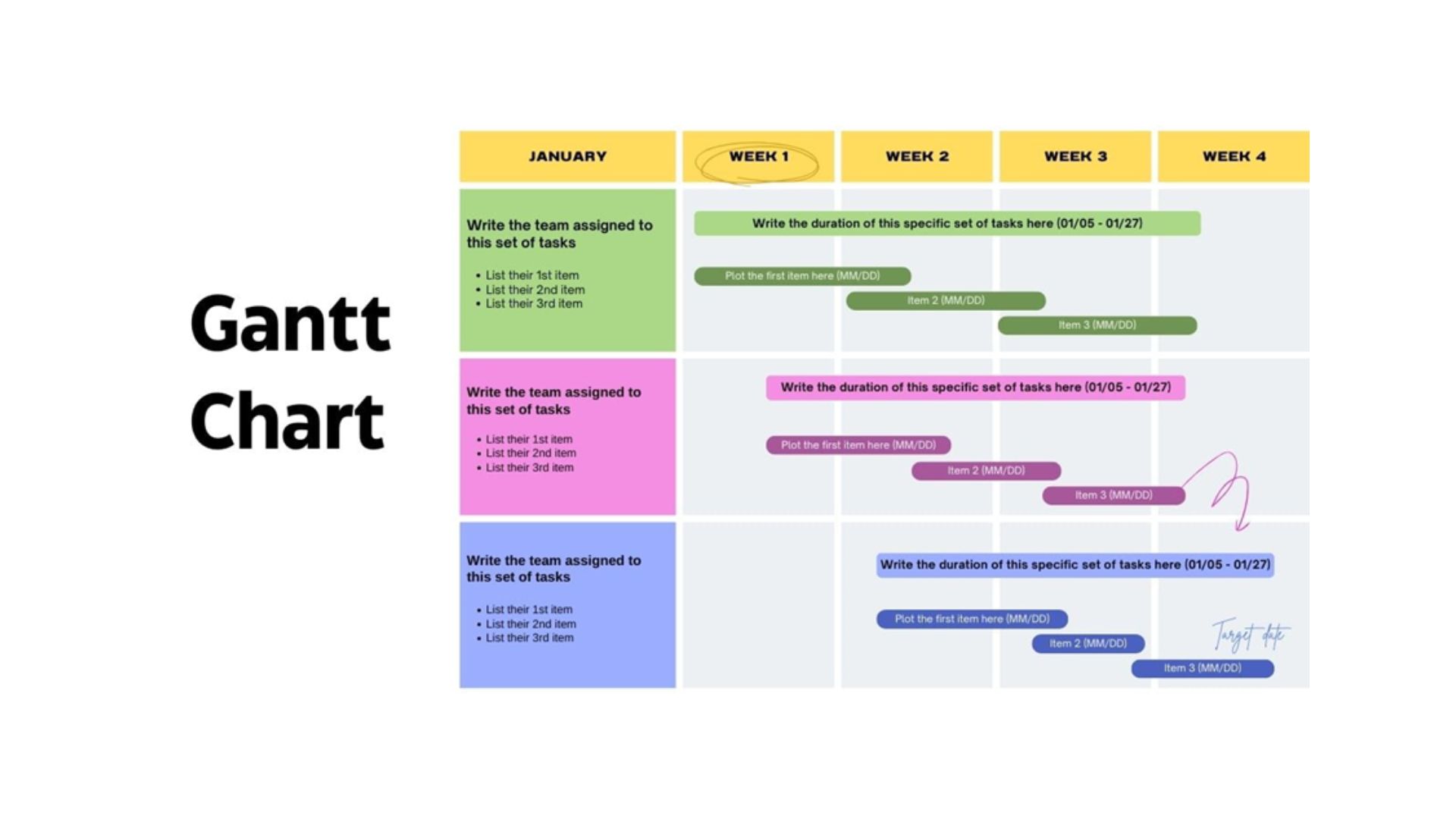Does DevOps Have a Place at IT Service Desk?
No one gets more of an earful about enterprise applications than the technical support staff who are tasked with supporting business software. Tech support teams communicate closely with users of apps, helping them work through any issues they might experience.
Some of that feedback probably makes for great “user stories” to swap with technical support colleagues. A better use of the information, however, would be sharing it with application developers, who could use feedback to actually improve software.
But despite the rather obvious benefits of collaborating with development teams, a survey from Atlassian, the company behind JIRA Service Desk software, found a troubling lack of communication and collaboration between tech support and dev teams. Atlassian worked with with HDI, a 150,000-member association for technical support professionals, to produce the survey.
Tech Support Not Involved in App Development
A whopping 73 percent of tech support pros indicated dissatisfaction with their level of involvement in application development.
A lack of preparedness prior to software releases was mentioned by 99 percent of respondents. According to one survey respondent: “Sometimes the support teams are caught by surprise by changes being pushed into production as everyone else is.” Just 23 percent have formal processes in place to ensure tech support teams are prepared for software releases.
“Sadly many organizations do not have the right culture in place to foster collaboration and sharing of information and knowledge between teams. Also a lack of sharing knowledge isn’t planned for, but often happens as functions get departmentalized, creating a silo by nature,” said Christophe Capel, head of product marketing, JIRA Service Desk.
A lack of integration between tech support and development tools is another issue. Just 28 percent of IT support teams said their tools integrate with those used by development teams, while 35 percent use the same tool as development. Eighty-five percent of tech support pros said this lack of visibility, especially the inability to view updates tracked in development/QA tools, creates challenges.
“The departmental silo combined with no tool integration makes knowledge sharing a challenge,” Capel said. “Knowledge sharing and collaboration should be part of the basic capabilities IT tools offer, as well as integration points to prevent context switching that wastes time and impacts productivity.”
DevOps and the IT Service Desk
But improvements in tools are only part of the answer, Capel said. A growing number of companies, including Atlassian, advocate the use of DevOps, a development practice that emphasizes communication and collaboration between developers and other IT pros.
While only 21 percent of IT support professionals use DevOps in at least some areas, they experience a number of big benefits, including more frequent deployments, fewer failures, faster recoveries and a higher change success rate than their peers who do not use DevOps, the survey found.
As Enterprise Apps Today recently reported, some experts believe the growth of DevOps may be contributing to a decline in use of IT service management and ITIL (Information Technology Infrastructure Library), the framework that provides guidelines for implementing ITSM, both of which are popular with IT support professionals.
Still, many experts believe ITSM and DevOps can complement each other, particularly in the area of change management. “Organizations who may have experimented with moving to a full DevOps model are increasingly looking to use parts of ITIL – change management, for example – to ensure success,” Jason Frye, vice president for Digital Innovation at BMC Software, told Enterprise Apps Today.
As Capel sees it, ITIL focuses on managing the entire service lifecycle, relying strongly on documentation and process, while DevOps focuses on software development and delivery, relying strongly on culture and tooling. But both are practices available for IT teams to deliver value to the wider organization.
“From the customer’s perspective, they want both stability and innovation,” he said. “To achieve this, IT teams need to continuously innovate, deploying features at a faster pace while ensuring a reliable service.”
Both ITIL and DevOps can be used to achieve customer satisfaction, a goal that many IT and business organizations now have as a KPI, he said. In fact, tech support teams that have adopted DevOps report higher rates of customer satisfaction, according to the survey.
Noting that some folks regard ITIL’s emphasis on standardization and documentation as the antithesis of DevOps, Capel pointed out that while Agile development methodologies stress producing working software over comprehensive documentation, that doesn’t mean not using any documentation.
“The focus for Agile and DevOps is to create knowledge where it makes sense,” he said. “What matters most is delivering value. If documentation does not add value, then it shouldn’t be created. In this case, IT support documentation is important, would support an increase in customer satisfaction and thus should be done in both a DevOps and ITIL context.”
Another recent Enterprise Apps Today article shared six best practices for using DevOps and ITSM together. Though not mentioned in the article, educating tech support teams about DevOps might be a good idea. The Atlassian/HDI survey found that 40 percent of IT support professionals did not know what DevOps is.

Public relations, digital marketing, journalism, copywriting. I have done it all so I am able to communicate any information in a professional manner. Recent work includes creating compelling digital content, and applying SEO strategies to increase website performance. I am a skilled copy editor who can manage budgets and people.








